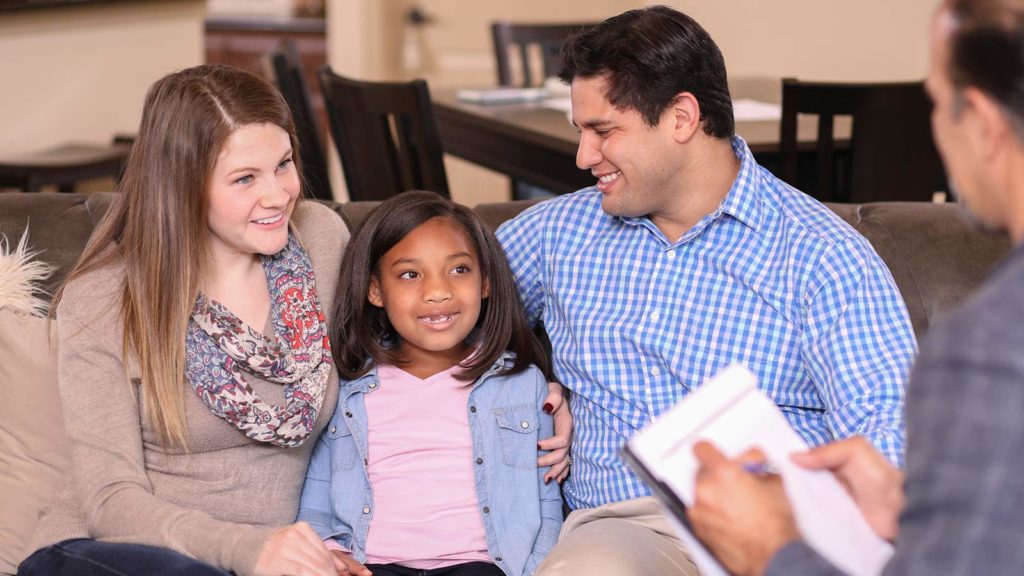Parents understand that 2-year-olds often resort to intense emotional tantrums when they are tired, frustrated or angry. When a 7-year-old does the same thing, we worry that this child has not developed the necessary skills to regulate their strong emotions.
When a growing 14-year-old has an angry tantrum at home, watch out — they can hurt themselves or a family member.
Learning to appropriately regulate and strong emotions is a primary task for all children. As they grow, we expect our children to gain more control over their emotions and be able to reflect on their actions. When children don’t show this emotional self-regulation skill at an age where we would expect it, it is important for parents to intervene and spend time teaching them this important skill. As with other skills, it’s advisable to break down the learning into manageable parts, practice the skill and refine it in different settings. Emotional self-regulation is primarily a skill that can be taught, practiced and improved upon.
Managing your emotions doesn’t mean you don’t express yourself; it means you stop short of hurting others and sabotaging yourself.
Sue Fitzmaurice
10 tips on teaching children to manage their emotions:
1. Make an assessment. Determine your child’s unique style of expressing emotions — do they ramp up quickly and burst, or do they anger more slowly?
2. Engage your child. Engage your child in talks about why learning to control their emotions is important and what they will gain by learning this skill.
3. Practice self-regulation. First, practice this skill in settings where the child can have success. Choose a situation that is only mildly frustrating and show the child how they can manage their frustration.
4. Show pride. Let your children know that you are proud of them when they show self-control, patience, waiting their turn or other less impulsive behavior, especially when these behaviors occur in daily life.
5. Take a different approach. For more frustrating situations or where there has been a chronic problem, ask the child to show a different and more positive behavior for just a few minutes. Then stop and take a break and ask the child “How did you do that?”

Check out additional parenting resources!
View our expanded list of recommended parenting websites, books and other resources organized by topic.
6. Build up tolerance. Gradually build up the child’s tolerance for frustration and their ability to accept the answer “no” calmly. Work on these skills in settings or with activities that are not tense or have a history of parent-child conflict or strong emotional outbursts.
7. Provide new tasks. As children show better ability to self-regulate their emotions, offer them new tasks. Try not to hover too closely. Remember that it is a child’s job to find their inner ability to manage their emotions.
8. Reflect with your child. Make time, when things are calm, to reflect with the child on how they are developing this skill. After a trying time, reflect with them on what went wrong, and why and how they can fix a problem the next time.
9. Practice mindfulness techniques. Children who are impulsive or anxious can benefit from learning deep breathing, relaxation, meditation and mindfulness techniques. We recommend learning these skills with your child, to reduce their isolation and to demonstrate your willingness to learn alongside them.
10. Be a coach.Take a coaching approach to developing self-regulation. Assign the child a task, give some hints on how to succeed, coach them through a difficult part and then let them try things out on their own. Remember that redos are A-OK when learning to self-regulate emotions.

Receive Post Adoption Coaching & Education
All parents encounter challenges as their children grow up. And sometimes, issues may arise that leave you uncertain as to how best to respond. But not every issue requires therapy or counseling. The PACE program is here to help during those times.


